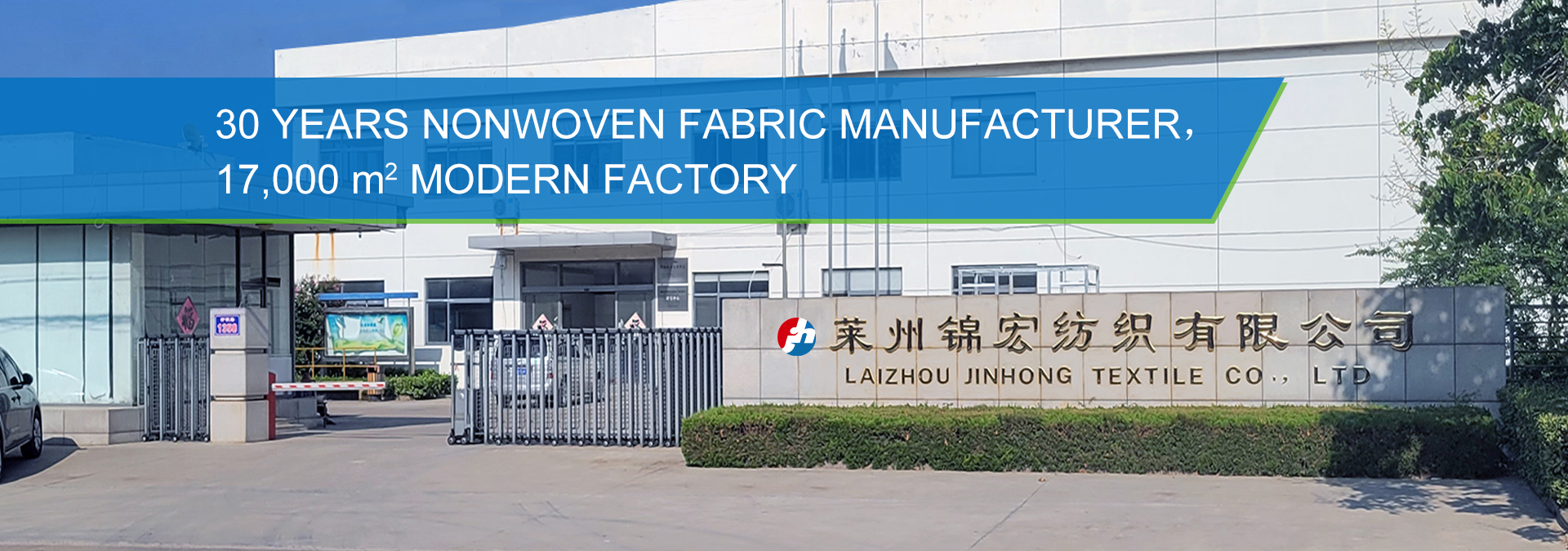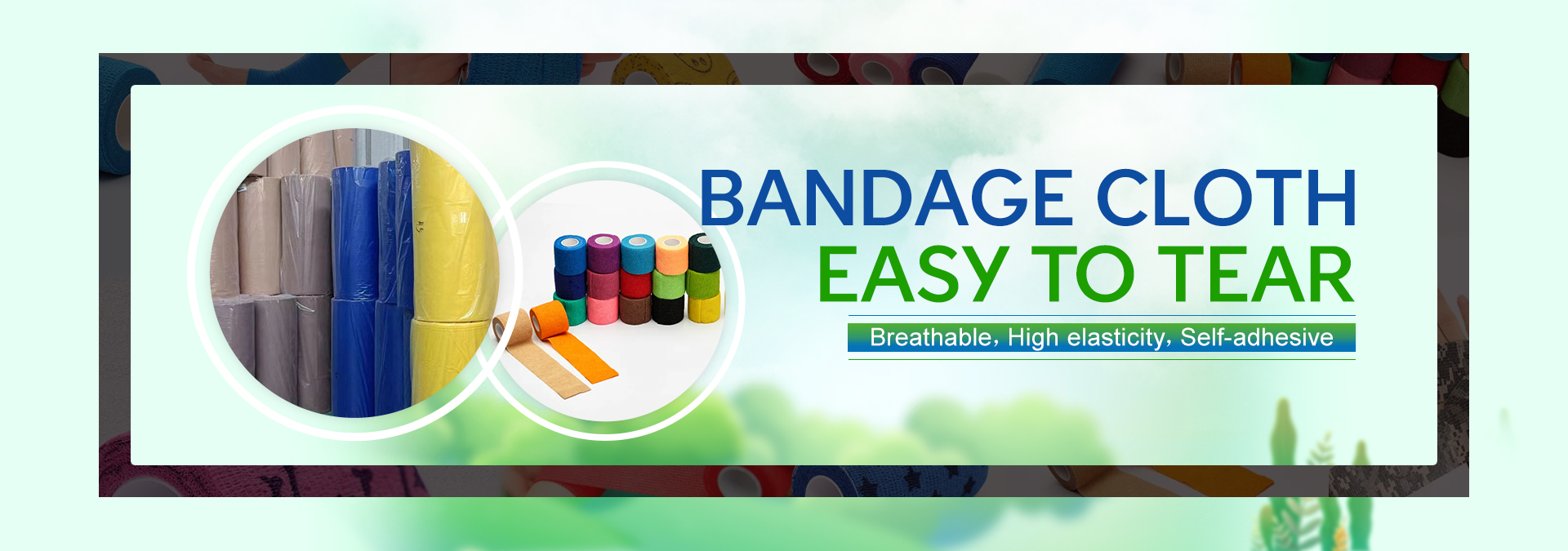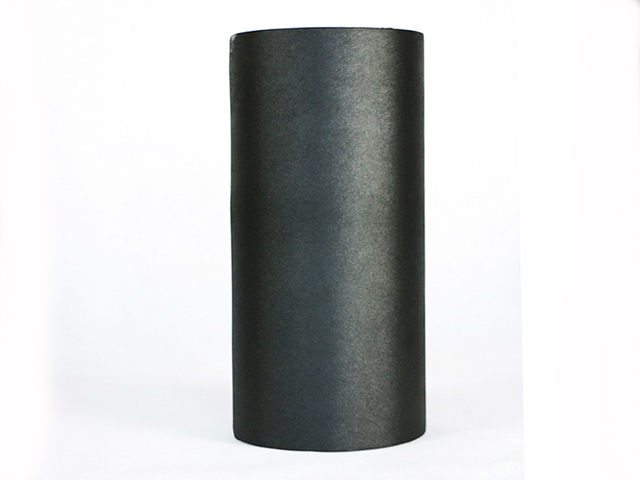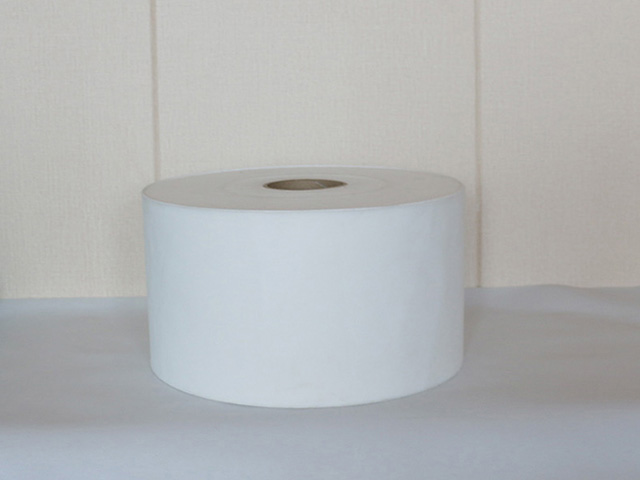Let's find out how fibers come from. Natural fibers exist in nature. Chemical fibers (including man-made fibers and synthetic fibers) form primary fibers by dissolving polymer compounds into spinning solution in solvent or melting into melt at high temperature, and then extruding the solution or melt out of the spinneret of spinning pump. The ejected stream is cooled and solidified, After the corresponding post-treatment of the primary fiber, the short fiber or filament that can be used for textile is formed.
Chemical fiber production process
Woven fabric is made by spinning fiber into yarn, and then weaving yarn into fabric by weaving or knitting. Non woven fabric does not need spinning and weaving, so how does it turn fiber into cloth? There are many kinds of production processes of non-woven fabrics, and the processes are also different, but the core processes include fiber forming and fiber reinforcement.
Fiber netting
As the name suggests, fiber netting is to make the fiber into a network. The common methods are dry netting, wet netting, spinning netting, melt blown netting and so on.
Dry and wet web forming are more suitable for short fiber web forming. Generally, the fiber raw materials need to be pretreated, such as tearing the large fiber mass and fiber block into small pieces to make it loose, removing the impurities, mixing all kinds of fiber components evenly, and making preparation before forming web. The dry process is generally by combing and stacking the pretreated fibers into a certain thickness of fiber web. Wet netting is to disperse the short fibers in the water containing chemical additives to form suspension slurry, and then filter out the water. The fibers deposited on the filter net will form a fiber net.
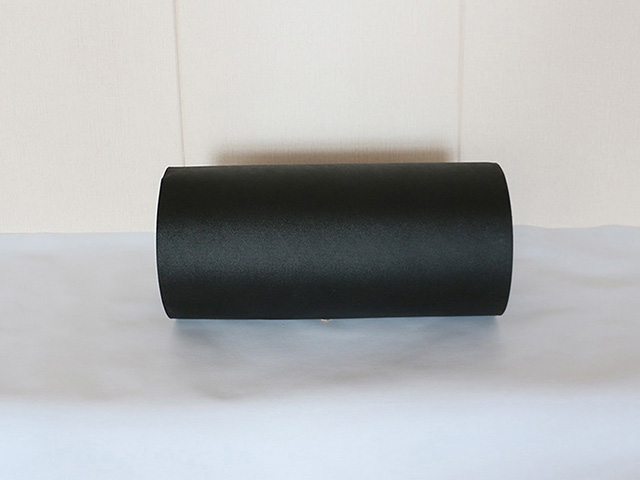
Spinning and melt blown netting
Both spinning and melt blown web forming are based on chemical fiber spinning method, in which the fibers are directly laid into the web during the spinning process. The spinning web is formed by spinning solution or melt ejecting from the spinneret, cooling and drawing to form a certain fineness filament, and forming a fiber web on the receiving device. The melt blown net uses high-speed hot air to extremely stretch the small flow from the spinneret to form ultra-fine fibers, which then gather on the receiving device to form a fiber net. The fiber diameter formed by melt blown method is smaller, which is beneficial to improve the filtration efficiency.
Fiber mesh reinforcement
The fiber nets made by different methods have loose connection of internal fibers and low strength, which is difficult to meet the needs of use, so they need to be reinforced. The common reinforcement methods include chemical bonding, thermal bonding and mechanical reinforcement.
Chemical bonding reinforcement method: the adhesive is applied to the fiber web by impregnation, spraying, printing and other methods, and then after heat treatment, the moisture is evaporated and the adhesive is solidified, so as to form the fiber web reinforcement cloth.
Thermal bonding reinforcement method: most of the polymers are thermoplastic, that is, they will melt and become sticky after heating to a certain temperature, and then re solidify after cooling. This principle can also be used to reinforce the fiber mesh. Hot air bonding is commonly used& mdash; The hot air is used to heat the fiber mesh to make it bonded and reinforced; Hot rolled bonding & mdash& mdash; A pair of heated steel rollers are used to heat the fiber web and apply a certain pressure, so that the fiber web can be bonded and strengthened.

